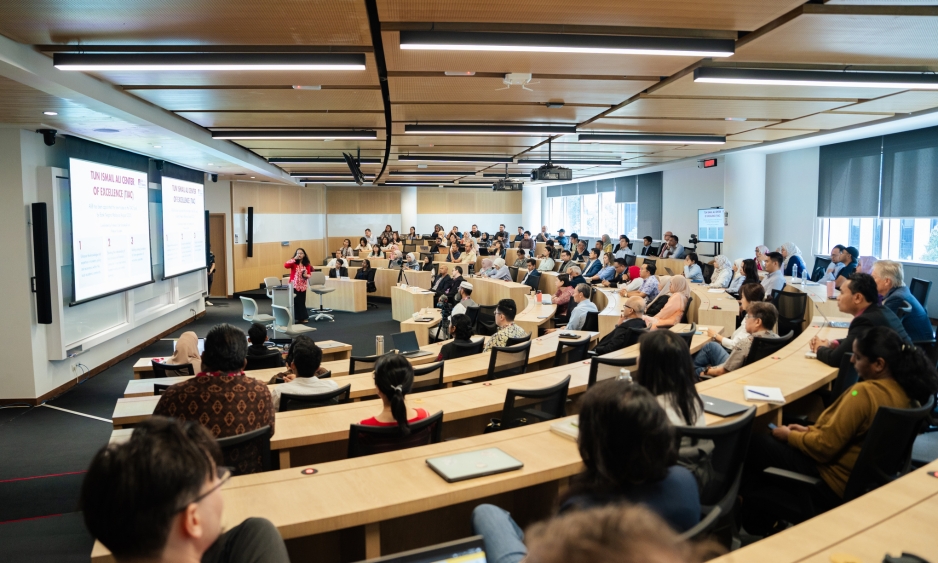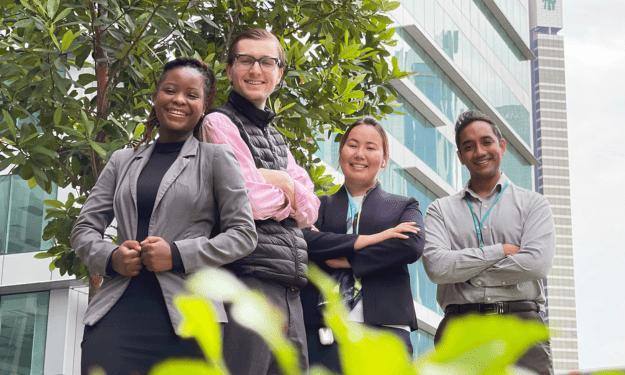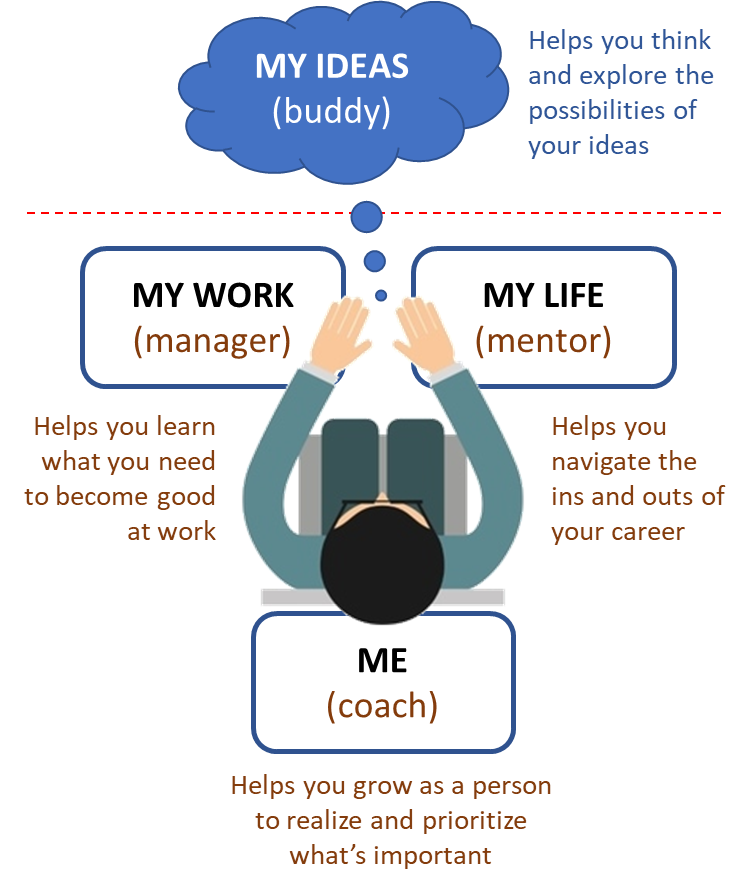“Ooops. I spoke too soon. Didn’t I ?”
“Yes you did. And I was about to add my thoughts to the list but when I heard you say nitpick, I changed my mind. Why do you like to say things like that?”
“I didn’t mean to. I realised I should be quiet the moment I started speaking but it was too late. I am sorry”.
This was an actual exchange between a member of a company’s Management Committee and his CEO at the tail end of a two-day management retreat that my team and I facilitated recently. If the exchange above seems rather honest and sincere let me assure you that it was only possible after a rather difficult and, at times, painful two-day session in getting people to learn how to have really meaningful and honest conversations.
We were asked by the company CEO to help facilitate a session with all his team members who make up the management committee of a multinational oil and gas supporting company. The issue stems from his observation that “people do not speak up enough during meetings. Even when they do its always the same people. All the rest are happy to listen and provide the leadership and teamwork in their own areas but I need them to speak up where and when it matters – in the board room.”
In our conversations with all the members of the team when we were designing the session, we discovered that almost everyone felt that their views did not really matter to the CEO. Most of them felt that to him asking for views from others is just a process that needed to be done but at the end of the day it was always his views and his views only that really mattered. Another conversation blocker was that they were also afraid of incurring the anger of the boss.
“All of us have had a taste of that, trust me it is not something we could easily forget”. We asked the CEO the same questions. He was asked to describe the experience of driving difficult discussions with his team and he too expressed almost the same sentiments as the rest of them!! He was worried that he may not have enough convincing skills to sell his ideas to the team so he always resorted to using his veto power to make decisions.
He was hiding behind his position for fear of his inability to convince the team of the merits of a certain plan. The truth is most people are not trained to have really meaningful conversations. Many people think they are but really meaningful conversations are the ones that make people become more productive or at least, more acceptable and open to consider other perspectives of a given situation. This applies both at work and on the more personal fronts of our lives.
When participants were asked to describe some conversations that they remember well most of them also include emotions in describing those conversations. In reality we do not remember what we thought but more on how we felt about those conversations. Emotions play a very important role in conversations. Always start with the heart someone says. And she is right. Always start with the heart – ours and theirs.
That is why according to speech specialists, more than 90% of interpersonal conflicts happen because of the wrong tone used in conversations. It is not what you say but how you say which is more important. Get clarity on our motive of having the conversation and stay true to the motive and the right tone will follow.
We were having what was supposed to be a short team discussion after a long day of facilitating an open enrolment session in Shanghai. It started well enough with everybody looking forward to organising another regional level conference when things started to get testy. I could see things were taking a turn in the wrong direction very quickly when on the pretext of grabbing some coffee I asked Eric what was it that made him turn rabid.
“Didn’t you hear what he said to me about the timeline being extended?” I replied that to me he was not saying anything that I myself wouldn’t say. “It’s not so much what he said but how he said it that got me”. That was all it took to derail what was up to that point a really productive discussion. That is why according to speech specialists, more than 90% of interpersonal conflicts happen because of the wrong tone used in conversations.
It is not what you say but how you say which is more important. Get clarity on our motive of having the conversation and stay true to the motive and the right tone will follow. And that brings me to the next conversation derailer. Eric was upset at our colleague at the way he spoke. He was so upset that he could not bring himself to get back on track and resume the discussion. What happened to Eric is what I call being derailed.
It became a problem when he could not bring himself back on track. And it got worse when he went into “movie making”. We are all addicted to being right. Being right makes us feel good. Being right justifies our existence. Being right makes us feel strong. Being right energises us. So to justify our “rightness” we tell ourselves stories to justify our beliefs about a person.
Based on what little we know about a particular person who makes us angry we use that data to string together stories to justify our positions. In short, we make movies to make us feel better. To make us feel justified at not being on the same side of the table as him. Guess what? Movie making is not limited to only Eric. We all are good movie makers. We could put Hollywood to shame with our creativity.
The real challenge in having critical conversations is to make movies together. Mutual conversations that create a common reality. Let’s get back to my earlier example of the CEO and his team. A big reason why the CEO was not getting his team to speak up was also mainly because they did not feel safe enough to speak. In short, the leader has failed to create a safe environment where people would not feel that they are constantly being judged at what they say.
And the real fear of being inundated with a barrage of fury that would take days to be overcome would be another factor that continued to plague them. The most disturbing fact about this situation is that the CEO has no clue that he is impacting his people that way. This is a classic situation of a person with good intentions but with bad impact on the team. The ability to drive conversations is being able to align intentions with impact.
And as said earlier, always start with the heart. This is when we tell ourselves again and again throughout the conversation what is it that we really want to achieve from the conversation. This will keep the tone and the words in line with our good intentions. At the two day session we created a safe method of sharing feedback between the team members. Feedback was given anonymously and freely to everyone in the team.
As expected, everyone recognised everyone else’s commitment to the team. Everyone was convinced about the dedication and sincerity of the members to see the team reach its goals. As said earlier, good intentions can only get you so far. Without the skills to manage critical conversations effectively, everyone will be busy making their own private little movies, leaving little time left for the real epic to be made together. Granted, not all conversations are critical. But for those that are, leaders must be well prepared and skilled to drive conversations that can be catalysts and not inhibitors, to high performance.
In our Managing Critical Conversations program, participants will learn why some leaders can inspire people with only two minutes while some struggle to be credible town hall after town hall meetings. Participants will learn practical, easy to implement tested framework and best practices that can bring them success in driving critical conversations.

Muhammad Sabri Rawi’s skills as a leadership development expert spans almost two decades. Sabri’s forte includes Leadership & Learning industry design, development & delivery of leadership training courses. He has distinguished himself as a Mastercoach from years of honing his skills in leadership training in multiple industries which include pharmaceutical, manufacturing, plantation, automotive, oil & gas, FMCG, GLC and the public sector.
He can be contacted at sabri@asb.edu.my.
If you are interested to know more about our exciting Executive Education program click here.
















